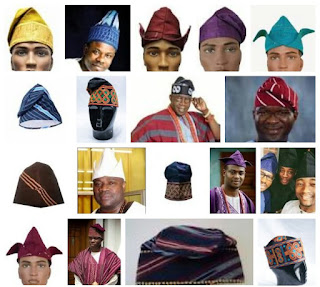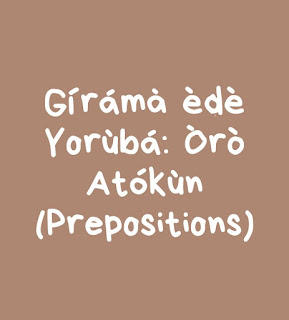Husband and wife: should authority be absolute? Yorùbá ideology.

Husband and wife : should authority be absolute? According to Yorùbá context, husbands are seen as symbolic crowns of authority on the heads of their wives. Sighting from a poem by Olúyẹ́misí Adébọ̀wálé's "Ohun Ẹlẹgẹ́ ni àṣẹ" (Authority is Delicate) is a poem centered on the authority a husband has on his wife in the Yorùbá context. This idea is summed up in the following: Akọ ladé orí aya Akọ ladé orí abo Ọkọ ni baálé lọ́ọ̀dẹ̀ Ọkọ l'Elédùà dá lápàṣẹ Aya l'Elédùà ṣe lágbáṣẹ B'Ólú bá dá ẹ lágbáṣẹ Yára fayọ̀ rẹ ara rẹ sílẹ̀ Kó o tẹríba fáṣẹ Ọba Ńlá. ( A man is the crown of a wife A man is the crown of a woman A husband is the head of the family It is the husband the Almighty God gives the power of authority It is the wife the Almighty God makes to obey the authority If God makes you to obey authority Do humble yourself gladly And submit to the authority of the most High God..) Thus, the poet postulates that this authority should not be absolute while ...





